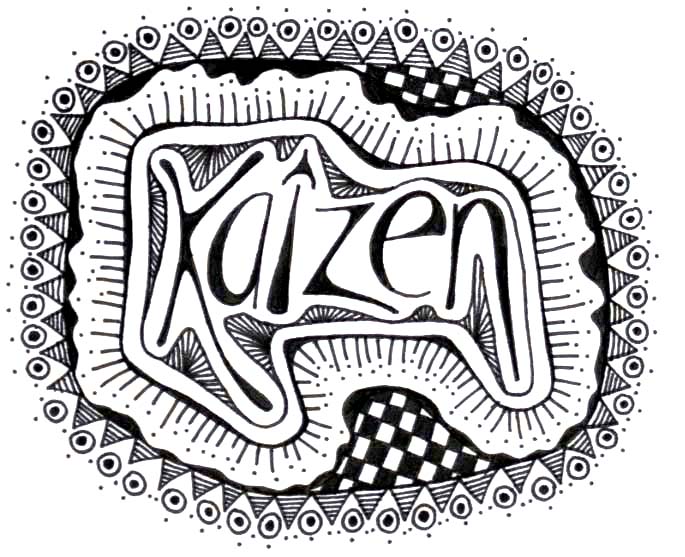
By Yvonne Milosevic
We love an extreme makeover as much as the next person, but most of us resist radical change in our own lives. If we’re honest, it requires more work than most of us can muster. That’s why you need to embrace the philosophy of kaizen if lasting transformation is your goal. In Japanese, “kai” means change, and “zen” means good, so the concept translates as “change for better” or continuous improvement.
A consistent yet gradual approach is what makes kaizen effective and painless. When done in small increments over time, you can develop—or break—habits for good.
Check out these examples of how to put the kaizen mindset put into action:
- You want to run a 5K—start by taking a 15-minute walk.
- You want to read more books—read just one page.
- You want to save $500—put $1 a day into your piggy bank.
- You want to reduce your sugar intake—use 1/4 tsp less sugar in your coffee or tea.
On the surface, it may seem bonkers that such tiny efforts could help you achieve a larger goal. But don’t get swayed by how simple it sounds and start adding in more because it’s too easy. We’re looking for compound interest here. Even a 1% daily improvement adds up to something powerful. For example, you increase your walking time each day and eventually add in a few minutes of jogging. The next time you pick up that book, you’ll read a couple more pages. Before long, you’ve read a whole chapter. Get the idea?
Kaizen at the office
To boost productivity and optimize your workspace, apply the kaizen principle known as the “5S Method”:
- Seiri (Sort)—Separate all the unnecessary things and get rid of them.
- Seiton (Set in order)—A place for everything and everything in its place. This increases your concentration and will decrease unnecessary distractions.
- Seiso (Shine)—Keep the working environment tidy.
- Seiketsu (Standardize)—Make cleaning and checking a routine habit. Use self-discipline to stay organized daily.
- Shitsuke (Sustain)—Standardize the previous four steps to make the process continual and open for improvements. Think about how you use your workspace and make changes as needed.
As you can see, kaizen also focuses on eliminating waste. What that looks like at your workplace will vary. Some people might waste energy reading and answering emails that interrupt their concentration. Put in place strategies such as batch processing, creating email whitelists and blacklists, turning off notifications, etc. to streamline email processing time and tame your inbox.
On the factory floor, this means wasted movement, Lifehacker points out. Having the necessary tools set up within arm’s reach avoids wasted steps. Now multiply that time saved by two hundred workers, and you’ll see a significant boost in productivity. Workers use less energy and thus feel better—a win-win for everybody.
Why kaizen works
When you improve a little each day, eventually big things occur. When you improve conditioning a little each day, eventually you have a big improvement in conditioning. Not tomorrow, not the next day, but eventually a big gain is made. Don’t look for the big, quick improvement. Seek the small improvement one day at a time. That’s the only way it happens — and when it happens, it lasts.
— John Wooden
In essence, Kaizen doesn’t focus on the outcome—it’s all about the process. But by devoting yourself to the process every single day, significant results are all but guaranteed.
Image credit: Flickr user Callan Saylor


